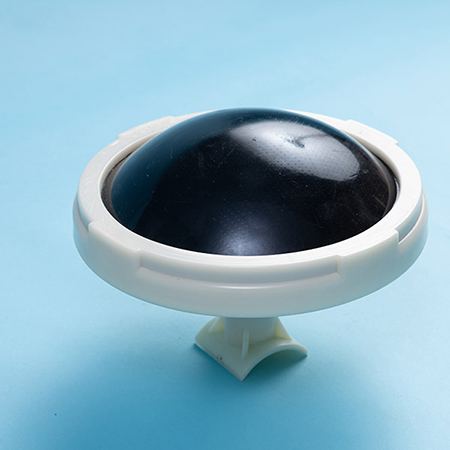An aerator is a device for blowing air for aeration and oxygenation. The selection of aeration equipment not only affects the effectiveness of sewage biochemical treatment, but also affects the land occupation, investment, and operating costs of sewage treatment plants. The main types of aerators include suspended chain aerators, membrane type microporous aerators, cyclone aerators, tubular aerators, disc aerators, microporous ceramic aerators, and hose type aerators.
Our company integrates design, manufacturing, engineering installation, and after-sales service. We have produced and developed a series of standardized and non-standard water treatment fillers, providing various fillers for many water treatment projects and urban sewage treatment plants. Our quality and corporate reputation have been well received by relevant leaders and users, and have achieved a good social impact.

Below, the editor will share how to deal with blockages in the aerator?
1. Select a large tank or cement pool for acid washing, pour 5 dilute solutions into the tank or pool, soak the blocked aeration tube in the dilute solution for 12 hours, remove and rinse with clean water.
2. The high-pressure airflow washing method uses a portable air compressor. The work pressure is 0.8-1MPa. The operation method is to remove the hose connecting the aeration tube or aeration plate from the floating slaughter head and connect it to the outlet of the air compressor. Start the air compressor, depending on the aeration situation on the water surface, and turn off the air compressor after recovery. High pressure airflow erosion should be taken seriously. The inflation plug and all joints should be fastened with clamps.


